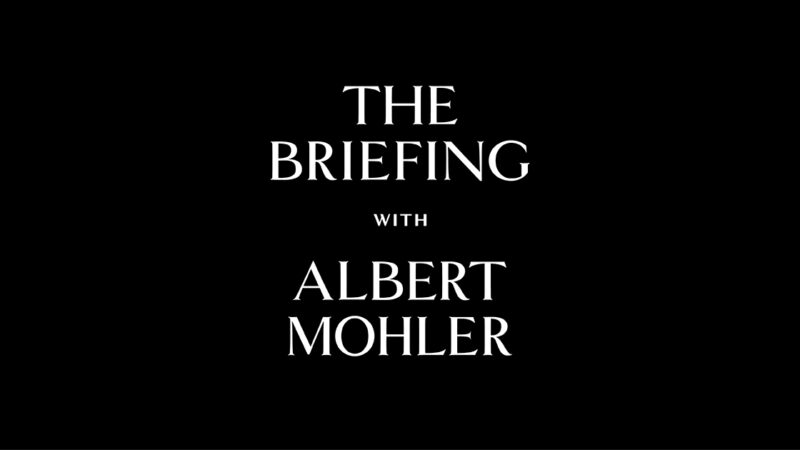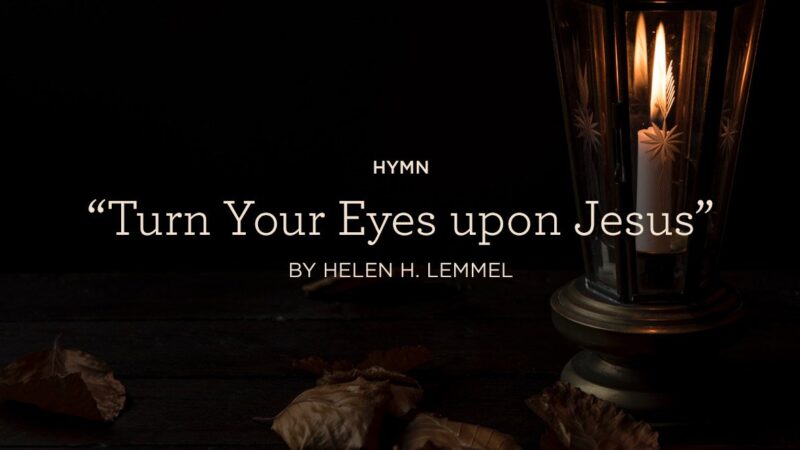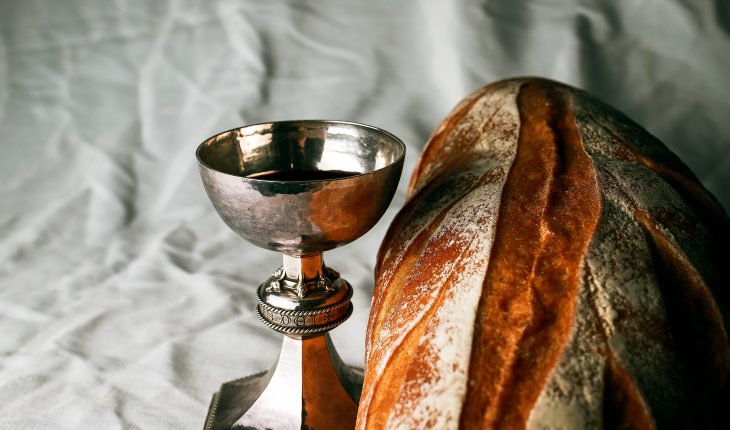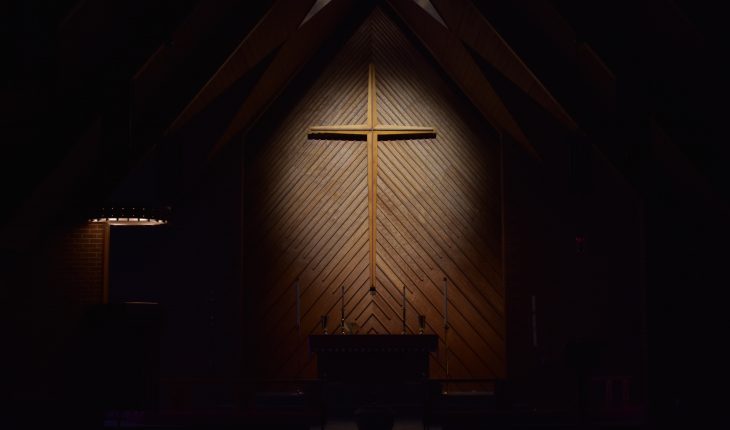Vaccine Mandates and the Christian's Liberty of Conscience: From 2021 to 1721 and Back Again
June 3, 1777
Dear Sir,
It seems I must write something about the small-pox, but I know not well what: having had it myself, I cannot judge how I would feel if I were actually exposed to it. I am not a professed advocate for inoculation; but if a person who fears the Lord should tell me, I think I can do it in faith, looking upon it as a salutary expedient, which God in his providence has discovered, and which therefore appears my duty to have recourse to, so that my mind does not hesitate with respect to the lawfulness, nor am I anxious about the event; being satisfied, that whether I live or die, I am in that path in which I can cheerfully expect his blessing; I do not know that I could offer a word by way of dissuasion.
If another person should say, My times are in the Lord’s hands; I am now in health, and am not willing to bring upon myself a disorder, the consequences of which I cannot possibly foresee. If I am to have the small-pox, I believe he is the best judge of the season and manner in which I shall be visited, so as may be most for his glory and my own good; and therefore I choose to wait his appointment, and not to rush upon even the possibility of danger without a call. If the very hairs of my head are numbered, I have no reason to fear that, supposing I receive the smallpox in a natural way, I shall have a single pimple more than he sees expedient; and why should I wish to have one less? Nay, admitting, which however is not always the case, that inoculation might exempt me from some pain and inconvenience, and lessen the apparent danger, might it not likewise, upon that very account, prevent my receiving some of those sweet consolations which I humbly hope my gracious Lord would afford me, if it were his pleasure to call me to a sharp trial? Perhaps the chief design of this trying hour, if it comes, may be to show me more of his wisdom, power, and love, than I have ever yet experienced. If I could devise a means to avoid the trouble, I know not how great a loser I may be in point of grace and comfort. Nor am I afraid of my face; it is now as the Lord, has made it, and it will be so after the small-pox. If it pleases him, I hope it will please me. In short, though I do not censure others, yet, as to myself, inoculation is what I dare not venture upon. If I did venture, and the outcome should not be favorable, I would blame myself for having attempted to take the management out of the Lord’s hands into my own, which I never did yet in other matters, without finding I am no more able than I am worthy to choose for myself. Besides, at the best, inoculation would only secure me from one of the innumerable natural evils the flesh is heir to; I should still be as liable as I am at present to a putrid fever, a bilious colic, an inflammation in the bowels, or in the brain, and a thousand formidable diseases which are hovering round me, and only wait his permission to cut me off in a few days or hours: and therefore I am determined, by his grace, to resign myself to his disposal. Let me fall into the hands of the Lord, (for his mercies are great,), and not into the hands of men.
If a person should talk to me in this strain, most certainly I could not say, Notwithstanding all this, your safest way is to be inoculated.
We preach and hear, and I hope we know something of faith, as enabling us to trust the Lord with our souls. I wish we had all more faith to trust him with our bodies, our health, our provision, and our temporal comforts likewise. The former should seem to require the strongest faith of the two. How strange is it, that when we think we can do the greater, we should be so awkward and unskillful when we aim at the less!
Give my love to your friend. I dare not advise; but if she can quietly return at the usual time, and neither run intentionally into the way of the small-pox, nor run out of the way, but leave it simply with the Lord, I shall not blame her. And if you will mind your praying and preaching, and believe that the Lord can take care of her without any of your contrivances, I shall not blame you. Nay, I shall praise him for you both. My prescription is to read Dr. Watts, Psa. cxxi. every morning before breakfast, and pray it over until the cure is effected. Probatum est.
Hast thou not giv’n thy word,To save my soul from death?And I can trust my LordTo keep my mortal breath.I’ll go and come,Nor fear to die,Till from on highThou call me home.
Adieu!
Pray for Yours, &c.









